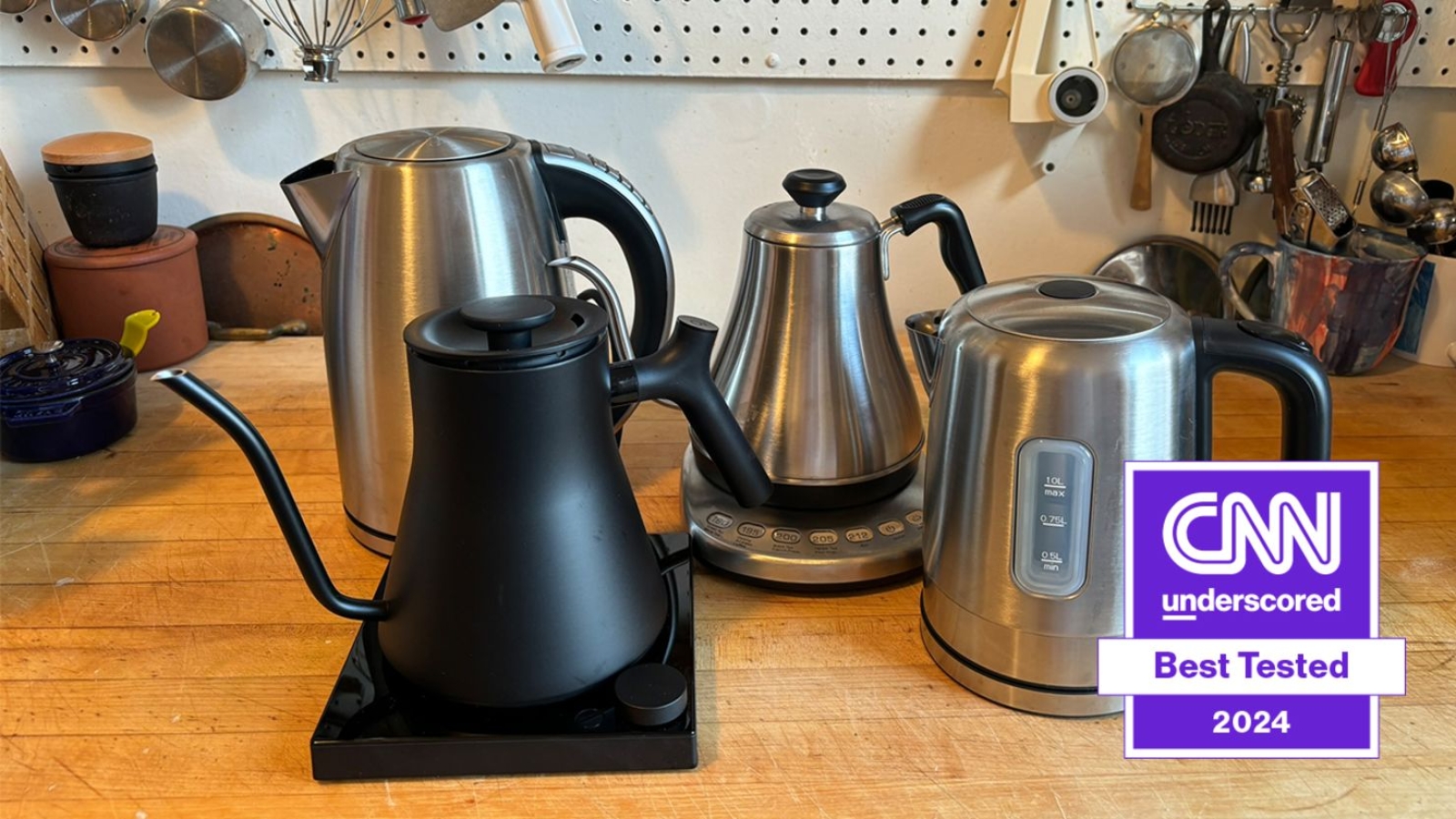Electric kettles are a convenient kitchen appliance, allowing us to quickly boil water for tea, coffee, and cooking. However, over time, electric kettles can develop issues that hinder their performance. Here’s a guide to troubleshooting some common electric kettle problems, along with tips on when it’s best to seek professional help.
1. Kettle Won’t Turn On
If your electric kettle isn’t turning on, it could be due to a power issue, a faulty switch, or a malfunctioning heating element.
Solution:
- Check the Power Source: Ensure the kettle is securely plugged in and that the outlet is functioning by testing it with another appliance.
- Examine the Power Switch: If the switch is loose or feels stuck, it may be faulty and need replacement.
- Inspect the Heating Element: The heating element can wear out over time. A faulty element may need a professional to replace it, as it requires dismantling the kettle.
2. Kettle Turns Off Before Boiling
If the kettle stops heating before the water reaches boiling point, it may be due to mineral buildup, a misaligned lid, or a malfunctioning thermostat.
Solution:
- Clean the Kettle: Limescale buildup on the heating element can affect the kettle’s performance. Use a descaling solution or vinegar and water mixture to clean the inside of the kettle.
- Check the Lid: Ensure the lid is tightly closed, as a loose lid can prevent the kettle from reaching the correct temperature.
- Thermostat Issue: If the kettle continues to turn off early, the thermostat may need replacing. This is a complex repair best handled by a technician.
3. Kettle Is Leaking
Leaking kettles can be a safety hazard, and the cause is usually due to wear around the base or body cracks from frequent use.
Solution:
- Inspect for Cracks: Check the body of the kettle for any visible cracks or weak spots. If it’s cracked, replacement is usually safer than repair.
- Examine the Seals: Over time, the seals around the heating element or lid can deteriorate. If you spot minor leaks, replacing the seals may resolve the issue. Consult a professional if the leak persists.
4. Kettle Doesn’t Shut Off Automatically
If your kettle isn’t turning off automatically after the water boils, it could be due to a sensor problem or an obstructed steam vent.
Solution:
- Clear the Steam Vent: The automatic shutoff relies on steam flow to signal the kettle to turn off. Ensure there’s no debris or mineral buildup blocking the vent.
- Check the Sensor: The sensor could be faulty, especially if the kettle has been used extensively. Replacing the sensor requires expertise, so consider consulting a technician.
5. Strange Noises or Smells
If your kettle is making unusual noises or emitting strange smells, it could be due to mineral buildup, a damaged heating element, or residue inside the kettle.
Solution:
- Descale the Kettle: Mineral deposits can cause hissing or rattling sounds as the water heats. Descaling the kettle can often resolve this issue.
- Clean the Inside: If there are burnt smells, it could indicate leftover residue. Clean the interior with a vinegar solution or a mild detergent.
- Inspect the Heating Element: If the noise or smell persists, the heating element may be damaged and could need professional repair.
6. Kettle Not Heating Properly
If the kettle is taking much longer than usual to heat, or if it’s not reaching the right temperature, it could be due to limescale buildup or a failing heating element.
Solution:
- Descale the Kettle Regularly: Limescale buildup on the heating element reduces efficiency. Regular cleaning helps maintain heating speed.
- Check the Heating Element: A worn or faulty heating element may require replacement. This task is best handled by a professional technician to avoid further damage.


